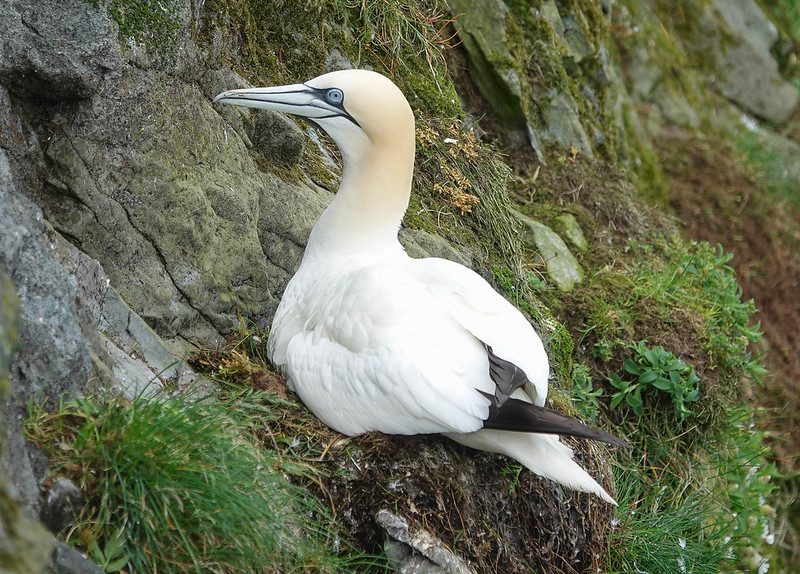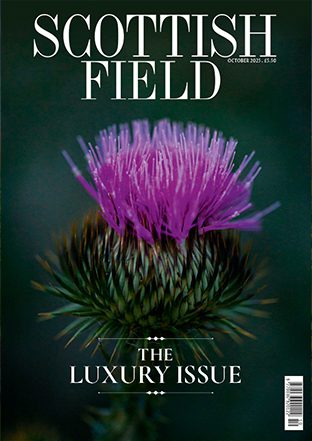
St Kilda overtakes Bass Rock as home of the world’s largest gannet colony
St Kilda is now home to the world’s largest gannet colony, the first drone census of the remote archipelago has revealed.
Gannets are the UK’s largest seabird and can be found across the North Atlantic. Adults are distinguished by their white feathers, large wingspan of up to two metres, black wingtips, and the unique yellow blush of their head.
They breed in significant numbers at St Kilda and have been part of the island’s landscape and history for many centuries.
An advanced drone census took place on the archipelago’s island of Boreray and its two satellite sea stacks, Stac Li and Stac an Armin, at St Kilda in 2023.
And the results have revealed that St Kilda is now home to the world’s largest gannet colony with over 59,000 breeding pairs.
The census was carried out by the National Trust for Scotland’s seabird ecologists and dedicated volunteers.

It took around six hours to complete, with counts and data analysis taking place over several months through the following winter.
Throughout much of the last century, St Kilda was home to the world’s largest gannet colony. While its population remained relatively stable, a notable increase in the Bass Rock population on the east coast of Scotland saw it replace St Kilda as the world’s largest colony in 2014.
However, in 2022, a deadly strain of avian flu swept across the North Atlantic, decimating seabird numbers and resulting in a 25-30% decline in the gannet population at Bass Rock since 2014, which is now home to over 46,000 breeding pairs.
The impact of avian flu on the gannet colony at St Kilda appears to have been less severe than at some other colonies across the UK, with its population declining by around 2% since the last census, which was conducted using images taken from an aeroplane in 2013.
Trust seabird ecologists speculate that St Kilda’s jagged topography inhibited disease transmission compared to flatter areas of gannet habitats.

‘This was the first year that drones have been used to conduct a census of the gannet colony at St Kilda,’ Craig Nisbet from NTS said.
‘The use of drones has not only ensured minimal disturbance while monitoring these birds, but it has also provided new and improved methods for obtaining results compared to previous surveys, with high-quality images.
‘While it is of course positive news that the gannet population at St Kilda has remained stable, the declines recorded at other colonies are a consequence of the very real and severe threats all seabirds face today.
‘Frequent counting of seabird colonies is particularly important during periods of disease outbreak or increases in other threats, such as climate change and dwindling food supply, and this new monitoring technique ensures we can do this as accurately as possible.’
St Kilda is the UK’s only dual UNESCO World Heritage Site, one of only 39 in the world, and is home to nearly 1 million seabirds.
Read more News stories here.
Subscribe to read the latest issue of Scottish Field.
TAGS

